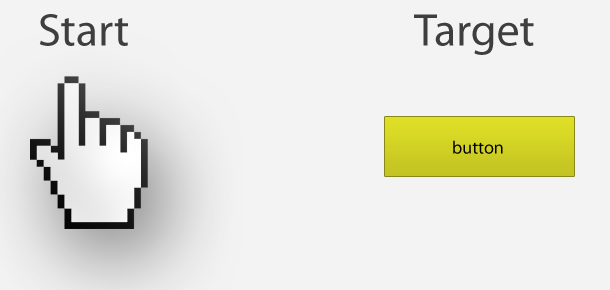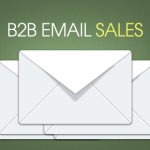Let your community grow alongside you: Ship unfinished apps.

[editors note: This was a guest post written by: King Sidharth. King Sidharth is a young entrepreneur and designer. He works at Besperk while helping startups any way he can find. You can read more of his stuff at 64 Notes or say hi: king@kingsidharth.com]
Do you remember Google Wave? It was a social app that shipped in (nearly) complete form. It had all sorts of bells and whistles. It also was very confusing and much of the UI focused on solving problems that real life users weren’t experiencing. After a year or so Google canned the project for lack of user adoption.
Contrast that with Gmail. Gmail started as a barebones application that slowly grew with the communities needs. Take, for example, Priority Inbox. Priority Inbox came from users complaining that they were overwhelmed with emails. Features that grow organically from user requests make much more sense then features added because of a board meeting.
Another example of an application that grew with the community is Twitter. When Twitter first launched it was extremely simplistic. Users complained that there wasn’t a way to reply to users, so they started to use the “@” symbol to signify a response to a specific person. Twitter then adopted this practice for their official clients and made it a feature.
It’s not about adding every feature users ask for, it’s about solving problems, creating a better experience, and improving the little things. This is why the concept of MVP works so well. MVP allows you to ship the bare minimum and find out where the users pain points are located.
You cannot build a social startup in the dark corners of your room.
You need to ship it- raw, unfinished, and let your users have a taste. Then key in on finding their problems and fix them quickly.
Sitting in a dark room developing your social startup alone (or worse – having someone else work on every aspect of it while you’re the idea guy) makes it so easy to say, “add this – they might need it.” Doing that will keep you a step removed from your actual users.
Startups, like poetry, are never finished. They are always being abandoned or always growing.

 Fitts’ law can be described in the mathematical formula to the left. T is time. a is the intercept and b is the slope. D is the distance to the center of the target. W is the width along the axis of motion.
Fitts’ law can be described in the mathematical formula to the left. T is time. a is the intercept and b is the slope. D is the distance to the center of the target. W is the width along the axis of motion.  1. Buttons and links are some of the most important elements on your landing page. You can improve the UX by increasing the target size. A common mistake I see is developers often build their buttons were only the text is clickable (see figure a). The rest of the button is just used for eye candy and is non interactive. By changing the whole button to a clickable state (see figure b), you will dramatically lower the amount of time a user spends trying to click. A good UX will minimize pain points, no matter how small.
1. Buttons and links are some of the most important elements on your landing page. You can improve the UX by increasing the target size. A common mistake I see is developers often build their buttons were only the text is clickable (see figure a). The rest of the button is just used for eye candy and is non interactive. By changing the whole button to a clickable state (see figure b), you will dramatically lower the amount of time a user spends trying to click. A good UX will minimize pain points, no matter how small.














